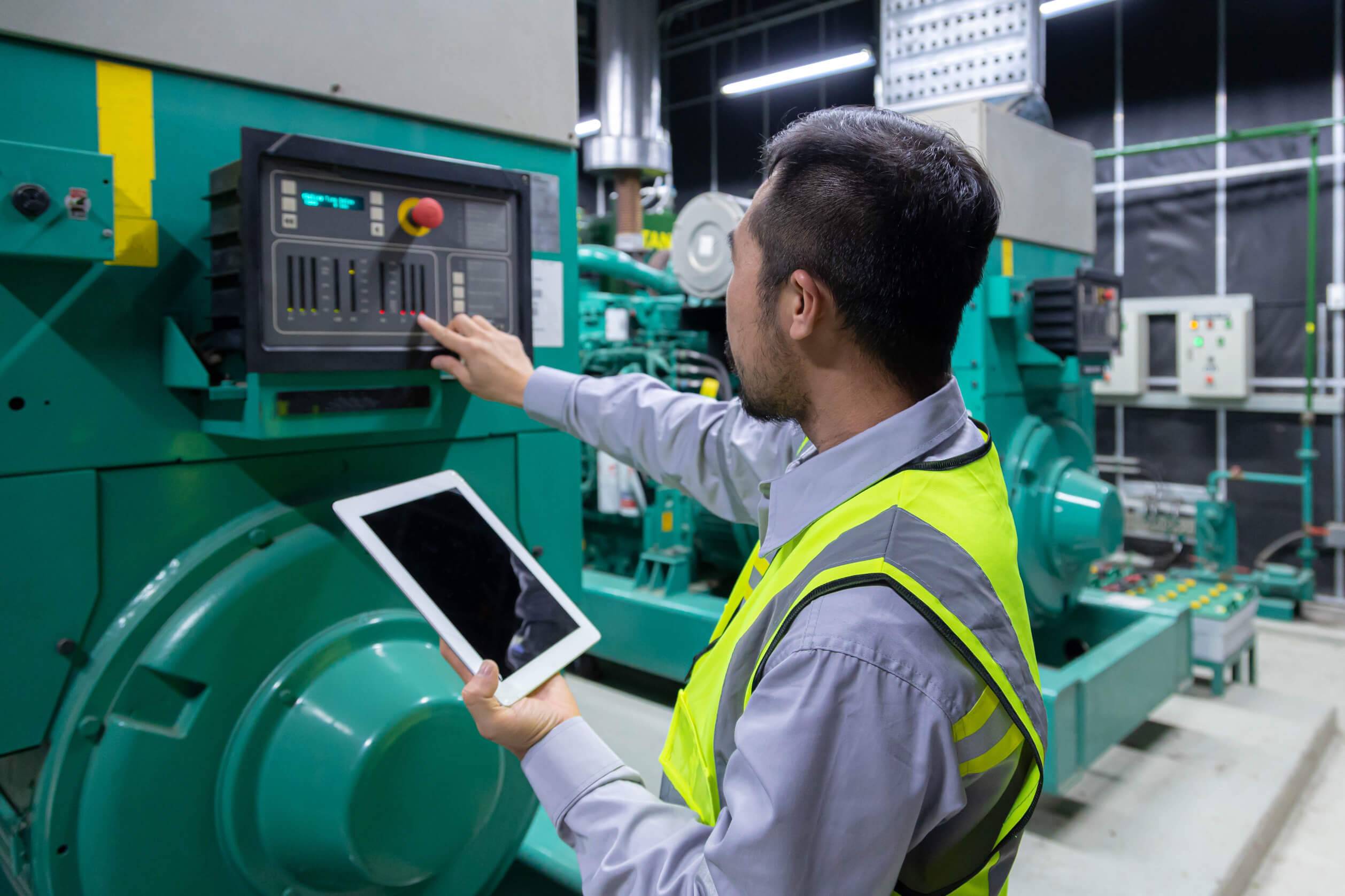
Most unexpected vehicle failures can be avoided with effective fleet preventive maintenance (PM) programs. Smart fleet management teams monitor and repair small problems before they become big ones. Maintaining a world-class fleet organization involves many moving parts. Fleet managers must maintain optimal fleet sizes, strategize low-mileage routes using route scheduling, reduce equipment lifecycle costs, hire dependable team members, and more.
What makes a fleet management program successful?
It’s a simple question with a complex answer.
A successful fleet is a working fleet, and the ultimate success of any fleet management service is contingent on asset uptime.
At the heart of every world-class fleet management program is strategic equipment maintenance. Implementing a fleet preventive maintenance (PM) system everyone on the team can easily follow is pivotal. In this post, we’ll review some quick tips for developing an enduring preventive maintenance program that increases uptime and decreases costs.

How to Establish an Excellent Fleet Preventive Maintenance Program
1. Choose a user-friendly CMMS
Fleet management providers still relying on paper processes, whiteboards and spreadsheets are asking for trouble. Why?
Paper service records get lost, whiteboards get erased, and Excel documents aren’t convenient for equipment operators to maintain. If your organization falls into any of these categories, you will always be a few steps behind competitors utilizing digital solutions to manage maintenance.
With that said, many fleet managers hesitate to purchase Computerized Maintenance Management Systems (CMMS) for some pretty good reasons:
- Most CMMS solutions are too expensive.
- Most CMMS software programs are annoyingly complicated to use.
- Most CMMS solutions take a long time to set up and learn.
- Many managers don’t have the time to learn how to use CMMS.
Quite frankly, we agree with these common objections. You shouldn’t need an advanced degree to understand how to use a piece of software that promises to make fleet maintenance and repairs easier. This is why new SaaS providers are entering the market.
MaintainX offers a freemium maintenance app that is comprehensive, elegant, and robust. We designed our fleet management software with a simple goal in mind: Maintenance professionals with limited technology experience should be able to use our software with zero training.
Maintenance workers can access work order assignments, upload equipment photographs, chat with managers, and mark orders complete just minutes after downloading the smartphone app for the first time.
Fleet management will also appreciate how MaintainX makes it easier to create repeatable work orders, cut equipment purchases, streamline safety inspections, and ensure compliance with digital audit trails.

2. Establish Accurate Baselines
Every successful fleet preventive maintenance program should begin with establishing a solid baseline of equipment health. All fleet vehicles should be thoroughly inspected by knowledgeable technicians, and all available data should be documented throughout the maintenance process. Your baseline assessment should include vehicle maintenance information like current mileage, fluid levels, parts replaced, vendors utilized, and any other information worth tracking (like unscheduled maintenance and maintenance costs).
Again, such information is useless if it never informs preventive maintenance action! Create a PM schedule for each asset. A good CMMS can help you tag and catalog asset categories that can later be cross-referenced with PM reminders and reporting dashboards.
3. Determine Ideal Maintenance Intervals
Obviously, different types of vehicles require different types of preventive maintenance schedules. For example, gas-operated vehicles rely on mileage readings to determine when to perform routine PM tasks. Alternatively, on-site equipment might trigger PM based on engine hours of operation.
Preventive maintenance intervals can also depend on operating conditions. Both vehicles used by multiple drivers and vehicles used in off-road conditions may require shorter PM intervals. Comparatively, vehicles used for towing would require less frequent PM maintenance. As always, check your manufacturer’s most recent guidelines to determine ideal maintenance intervals.

4. Develop digital PM checklists
Lastly, create digital preventive maintenance checklists for preventive maintenance tasks. Here are some commonly included items for vehicles:
- Changing engine oil and filters
- Transmission fluid
- Inspection of cooling and fuel systems
- Inspecting engine and transmission mounts
- Inspecting and changing (if necessary) drive shafts, CV joints, belts, and hoses
- General tune-ups
- Inspecting electrical system components
- Inspecting the brake system and replacing brake pads and rotors as needed
- Inspecting the steering and suspension system
- Inspecting tires, wheels, and rims
- Replacing tires in a timely fashion (including seasonal changes as appropriate)
- Inspecting the exhaust system
- Evaluating the condition of the undercarriage and frame
- Inspecting both interior and exterior lights
- Replacing the windshield wipers and filling the windshield fluid
- Inspecting seat structures and seat belts
- Checking for fluid leaks
- Addressing the auxiliary systems
Again, preventive maintenance activities may differ for each type or class of vehicle in your fleet. Some vehicles may require more robust inspections for compliance, while others may require more frequent parts or fluid replacement. Develop a checklist for each vehicle class and type in your fleet.

Simplify Your Fleet Maintenance with MaintainX
Fleet management teams that choose user-friendly CMMS solutions to support preventive maintenance programs can enhance driver compliance, increase preventive maintenance efficiency, decrease costs, and increase vehicle lifespans.
Obviously, the unifying tip within this article is to create a user-friendly preventive maintenance program with the help of CMMS. Has your organization abandoned a CMMS solution because it was too complicated, time-consuming, and unenjoyable?
If so, we invite you to download our app for free. Find out why companies like Hilton, Marriott, and McDonald’s are streamlining operations with MaintainX.
FAQs




















